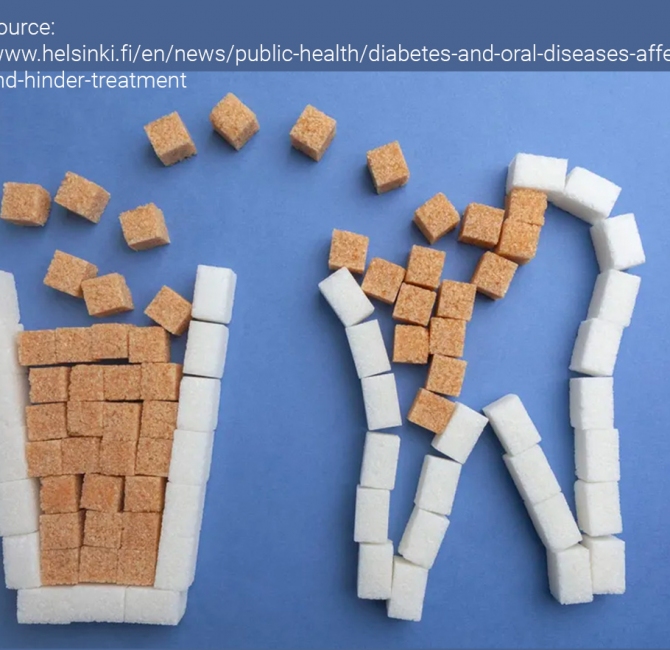Background
The global population is aging at an accelerated pace. Projections indicate that by 2030, one in six people will be 60 years or older. By 2050, this number is expected to double to 2.1 billion, with those aged 80 years and older tripling to 426 million. This rapid aging presents complex challenges.
Aging involves biological, psychological, and social changes that occur at different rates for individuals, resulting in a highly diverse older population. The definition of ‘older person’ varies globally. The World Health Organization and the United Nations define it as over 60 years. However, some countries use age 65, as this is typically considered retirement age. These distinctions are increasingly important, as the needs of individuals over 65 can vary significantly depending on their functional abilities.
This study highlights the impact of oral health deterioration on older adults and calls for integrated healthcare solutions to enhance their quality of life and overall well-being.
Oral health and aging
Deteriorating oral health is a significant issue for older adults, with high levels of dental disease prevalent among this population. The Global Burden of Disease Study ranks oral disorders as a leading cause of disability-adjusted life years (DALYs) worldwide, affecting over 280 million older adults. Recent estimates indicate that more than 57% of older adults experience oral disorders, such as untreated dental caries, periodontitis, and edentulism.
Oral diseases, particularly dental caries and periodontal disease, significantly impact the quality of life for older adults. Although it is commonly believed that tooth loss is a normal part of aging, the aging process is not an independent risk factor for oral health decline. Instead, systemic conditions, medications, tobacco use, changes in cognitive function, and access to oral healthcare play crucial roles in determining oral health outcomes.
Chronic disease and oral health
The relationship between general and oral health is increasingly acknowledged as bidirectional. Poor oral health can exacerbate chronic conditions such as cardiovascular disease, diabetes, and respiratory disorders.
Additionally, nutrition is connected to oral health. Older adults with compromised dentition may have difficulty maintaining proper nutrition, leading to a cycle of declining health. Conversely, poor nutrition can increase the risk of oral diseases, underscoring the need for an integrated approach to health that considers both oral and general well-being.
Strategies for healthy aging and oral health
A multifaceted approach is essential for promoting healthy aging and oral health. This should include early prevention strategies throughout life, enhanced training for care staff, and better integration between health and social care systems. Preventative strategies, such as fluoride treatments, coordinated health and social care, and improved access to oral health services, are particularly important for vulnerable older populations. These efforts are critical for ensuring better oral health outcomes for the aging population.
Conclusions
Healthy aging is a global issue, requiring urgent attention to the impact of an aging population on oral health and healthcare systems. It is essential to integrate oral health with broader healthcare policies to ensure older adults can lead healthier, more fulfilling lives. Effective, client-centred, and prevention-focused services are vital to enhance quality of life, address the relationship between oral and general health, and prioritize oral health in policy and research.



